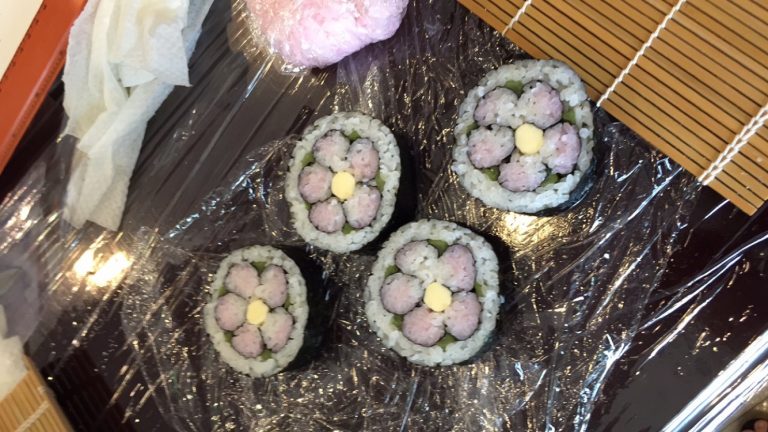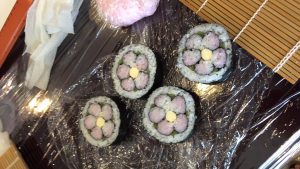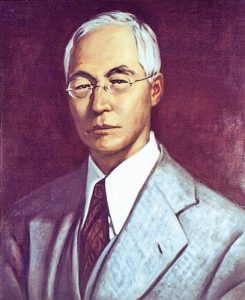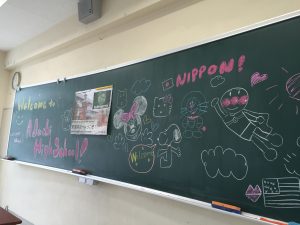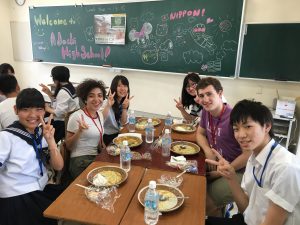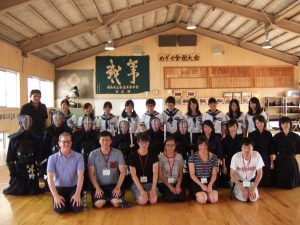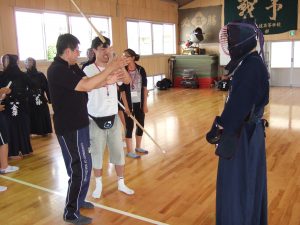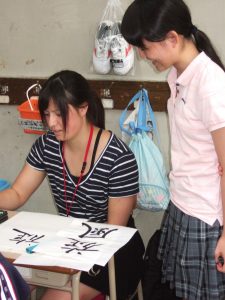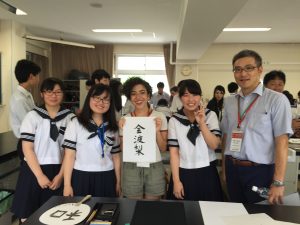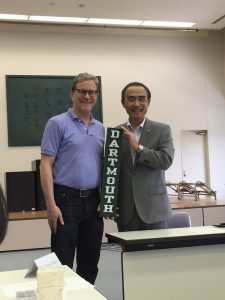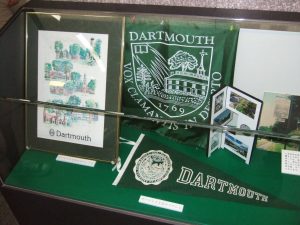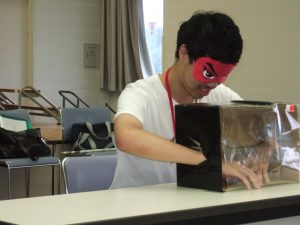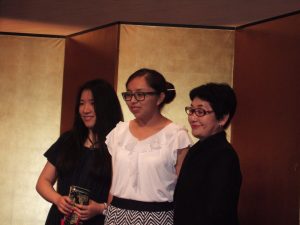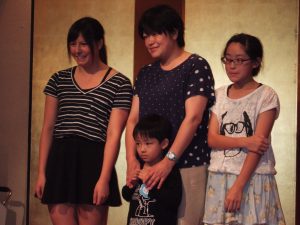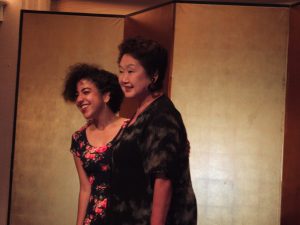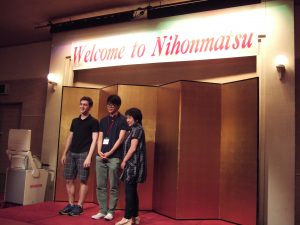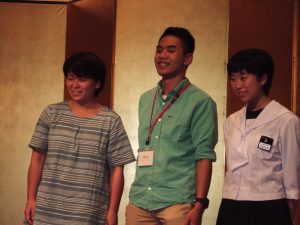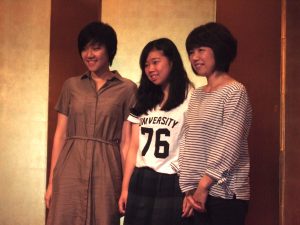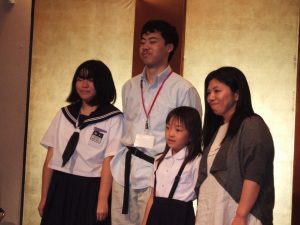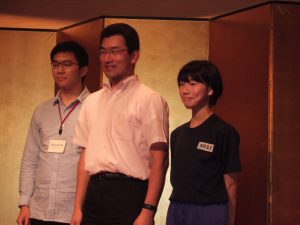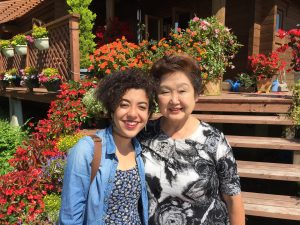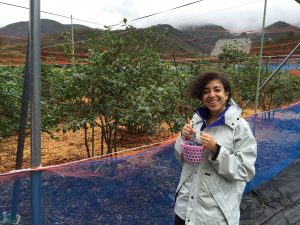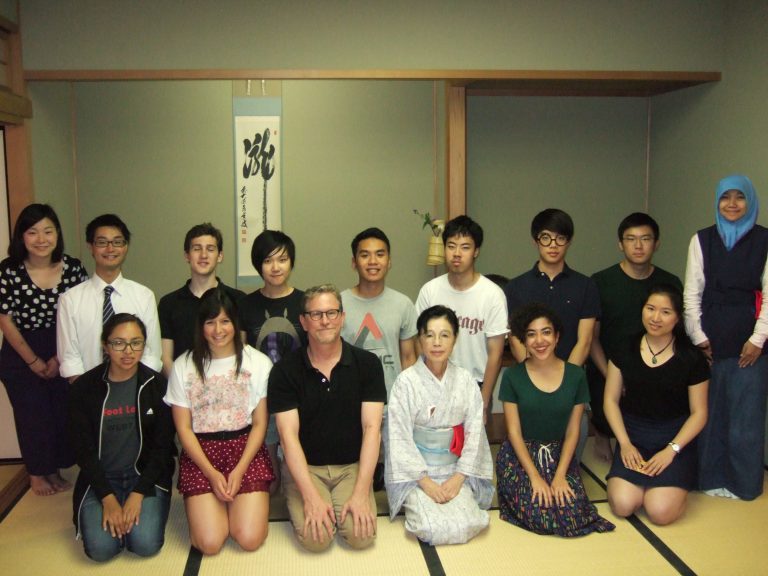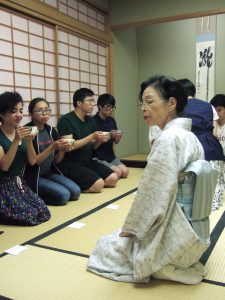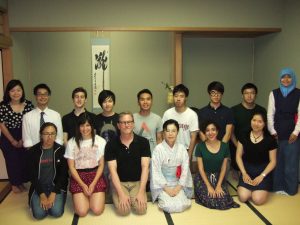07.29.16 – 07.30.16
Hello lovely readers! It's about time that I gave all you a detailed account of our excursion to Nikko.
Nikko is located in Tochigi Prefecture, which is not too far from Tokyo. It is home to several famous sites, including Kegon no taki (華厳の滝、Kegon Falls) and Tōshōgū (東照宮、Tōshōgū temple and shrine complex, which was built by Tokugawa Ieyasu and bears his remains). Here are some maps for reference!



To get to Nikko, we boarded the semi-express train from Asakusa. The line to the train was filled with foreigners, which only confirmed the fact that Nikko is a must-see destination for tourists. We arrived at Tobū Nikko Station at around 11:30 AM, and stuffed our overnight bags into coin lockers.
We scouted the area for a lunch spot, since many of us were hungry from the ride. We found that yuba dishes (basically tofu skin, or the dry layer that forms on top of tofu when it is boiled) and yuzu flavored drinks (a citrus fruit native to Japan) were popular. We decided to eat at a restaurant that could accommodate a group of our size…the same restaurant that my LSA ate at three years ago! Small world!
 The gang.
The gang.
 My lunch!
My lunch!
After feasting on some delicious grub, we headed off to Kegon Falls. We had to take a five-minute long elevator to reach the base of the falls. The tunnel-like passageway connecting the elevator to the base of the falls was extremely cold and wet, much like rainy winter days in Hanover. The waterfall was absolutely gorgeous, and we all made sure to snap several photos.
 Kegon Falls.
Kegon Falls.
 The gang, before descending to the waterfall.
The gang, before descending to the waterfall.
On our way out of the falls, we stumbled across a very…frightening mascot (or yurukyara) for Nikko: a cartoon version of yuba. Attaching a photo here for your viewing pleasure.
 ?????
?????
After the terrifying encounter with the yuba character, we headed to Lake Chūzenji. At the lake, we were able to rent swan boats! The scenery was absolutely gorgeous from within the lake. There was some mischief within the lake: in Mario Kart fashion, some of us crashed our swan boats together playfully.
 Lake Chūzenji.
Lake Chūzenji.

 Sharing a swan boat with Jen and Nicole!
Sharing a swan boat with Jen and Nicole!
Little did we know, it’s quite easy to get lost in a lake as big as Chūzenji. We actually had a lot of trouble making it back to the dock, because all of the docks looked the same. Sadly, we couldn’t enlist Siri’s help…how does one even use GPS on a lake, anyways?
We managed to make it back in one piece, and shortly afterwards headed back to the station. We picked up our stuff from the coin lockers, and headed to our hotel: a very large Japanese-styled inn (ryokan). We ate at the inn’s delicious buffet (which had a sushi section!!), bathed in the onsen (hot springs), and ended the night with karaoke.
Day 2 of our excursion involved a trip to Tōshōgū, which is basically a very ornate temple and shrine complex built by Tokugawa Ieyasu. The gaudiness has caused some controversy, namely that it conflicts with Buddhism’s focus on simplicity and humility.
 Entering Tōshōgū.
Entering Tōshōgū.
 Temple
Temple
 Pagoda
Pagoda
 Nemuri neko.
Nemuri neko.
 Kikazaru (Hear no Evil), Iwazaru (Speak No Evil), Mizaru (See no Evil).
Kikazaru (Hear no Evil), Iwazaru (Speak No Evil), Mizaru (See no Evil).
We walked around the temple complex, gawking at the ornate designs and carvings within the buildings. We also ran into several noteworthy sights within the temple, such as nemuri neko (the sleeping cat). We also managed to take some photos of the infamous carving of monkeys that depict “see no evil,” “hear no evil,” and “speak no evil.”
Our excursion was also full on interesting interactions with wildlife. We spotted a deer, which is a rare sight in a place like Nikko (though certainly not a rare sight in Nara). It looked so majestic and healthy – definitely a photo op. We also noticed a furry creature running about, though it did not look native to the area. It turned out to be a ferret – someone’s pet, actually! The owner of the ferret, who had mentioned that he was taking his ferret out for a walk, proudly introduced Mirin-chan to all of us. He also explained how he finds more comfort in Mirin-chan than his wife. Yeowch!
 Mirin-chan!
Mirin-chan!
Towards the end of our excursion, we also spotted some monkeys! Monkeys are native to the area, but are also notorious for being extremely aggressive, and for stealing souvenirs from tourists. This aggression was proven once a tourist in front of us tried to take a picture of a baby monkey – once the baby monkey screeched in annoyance, the mama monkey came dashing forward, bared her teeth, and gave the most frightening screech. Needless to say, all of the LSAers cautiously walked around the monkeys, and prayed that we wouldn’t get attacked.
 A majestic deer
A majestic deer
 A monkey hiding among the leaves
A monkey hiding among the leaves
 More monkeys
More monkeys
After our excursion, we hopped onto a train back to Asakusa. Upon arriving in Asakusa, we were shocked at how packed the area was! Apparently, it was the day of the Sumida Fireworks, which is one of the biggest events in Tokyo. It certainly was a struggle for us to make it back to Chiba, but we did nonetheless. Stay tuned for more adventures!









































